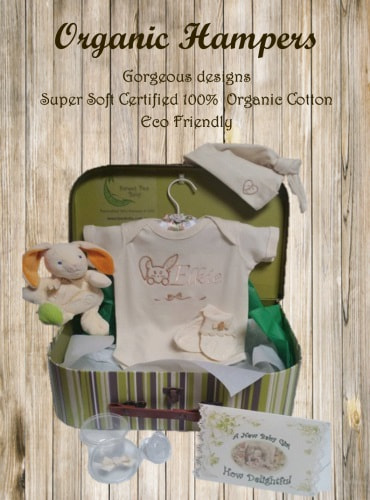The New Angle On Personalised Gifts Uk Just Released
페이지 정보
작성자 Almeda 작성일 24-07-13 21:48 조회 29 댓글 0본문

One of the most famous proponents of the Romantic style of garden design was Capability Brown, who is often referred to as the "father of English landscaping." Brown was responsible for designing many of England’s most famous landscapes, including Blenheim Palace, Chatsworth House, and Stowe House. His designs were characterized by their naturalistic planting schemes, rolling lawns, and meandering lakes, which were intended to create the illusion of an untouched, wild landscape.
Another key factor to consider when choosing houseplants is the amount of care and maintenance they require. If you have a busy schedule or are new to plant care, opt for low-maintenance plants that require minimal watering and attention, such as pothos, succulents and cacti. On the other hand, if you enjoy tending to your plants and have the time to dedicate to their care, you may prefer more high-maintenance plants that require regular watering, pruning and fertilising, such as orchids, fiddle-leaf figs and peace lilies.
The history of garden design is a rich tapestry of styles, influences, and innovations, reflecting the changing aspirations, values, and aesthetics of different societies. From the formal gardens of ancient civilizations to the contemporary landscapes of today, the art of garden design has continually evolved to meet the needs and desires of each era. The principles of sustainability, biodiversity, and ecological sensitivity are now guiding the evolution of garden design, as designers seek to create landscapes that are both beautiful and environmentally friendly. The future of garden design promises to be as diverse, dynamic, and innovative as its past, as designers continue to push the boundaries of creativity and imagination in shaping the landscapes of tomorrow.
3. Spider Plant: One of the easiest houseplants to care for, the spider plant is known for its long, arching leaves and ability to purify the air. It does well in a range of light conditions and only requires occasional watering.
In the world of indoor gardening, tropical houseplants have become increasingly popular for their lush foliage, vibrant colours, and exotic flair. These plants bring a touch of the tropics into our homes, providing not only aesthetic appeal but also numerous health benefits. Whether you're a seasoned plant parent or a beginner looking to green up your space, tropical houseplants are a wonderful addition to any indoor garden.
One of the most famous Victorian gardens in Britain is Kew Gardens, which was established in the early 19th century and has since become a world-renowned botanical garden. Kew Gardens is home to a vast array of plants, trees, and flowers from around the world, as well as a series of ornate glasshouses and conservatories that showcase the diversity of plant life on Earth.
2. Water: Tropical houseplants generally like to be kept evenly moist but not waterlogged. Water your plants when the top inch of soil feels dry to the touch. Make sure to use room temperature water and avoid letting your plants sit in water, as this can lead to root rot.
In the 20th century, garden design continued to evolve with the emergence of modernist and postmodernist movements, influenced by changing social, cultural, and environmental factors. Modernist gardens, such as those designed by Gertrude Jekyll and Lawrence Johnston, sought to blend art, architecture, and nature in a harmonious fusion of form and function. Postmodernist gardens, such as those created by Charles Jencks and Martha Schwartz, embraced irony, playfulness, and eclecticism in a bold departure from tradition.
In recent years, houseplants have seen a surge in popularity among homeowners in the UK. From Instagram influencers to interior design magazines, it seems like everyone is jumping on the houseplant bandwagon. And it's no wonder why - not only do houseplants add a touch of nature and beauty to our indoor spaces, but they also offer a range of health benefits. In this article, we will explore the world of houseplants in the UK, from choosing the right plants for your home to caring for them properly.
Not only do houseplants improve air quality, but they also have a positive impact on our mental health and well-being. Studies have shown that being in the presence of plants can reduce stress and anxiety, improve mood and increase productivity. The simple act of caring for a plant can also provide a sense of purpose and fulfilment, as well as a connection to nature in our often busy and Baby announcement technology-driven world. By creating an indoor green oasis with houseplants, you can create a calm and soothing environment that promotes relaxation and mental clarity.
When it comes to choosing houseplants for your home in the UK, there are a few things to consider. The first is the amount of light that your space receives. Different plants have different light requirements, so it's important to match the plants to the natural light available in your home. For example, plants like succulents and cacti thrive in bright, indirect light, while ferns and peace lilies prefer shadier spots.
- 이전글 Doubling Down: Mastering the Game of Online Baccarat with Flair
- 다음글 Boost Your Bitcoin News With These Tips
댓글목록 0
등록된 댓글이 없습니다.
